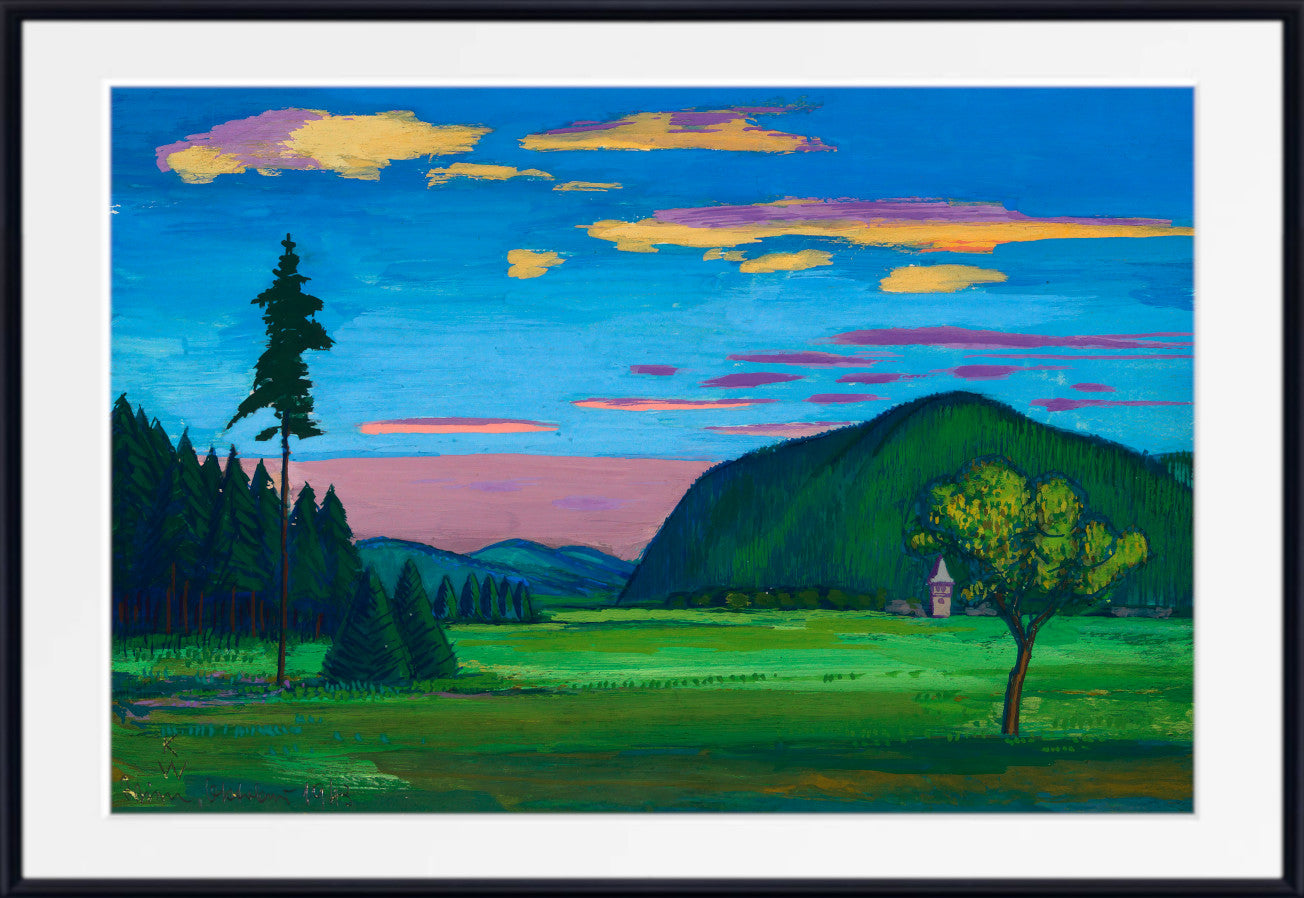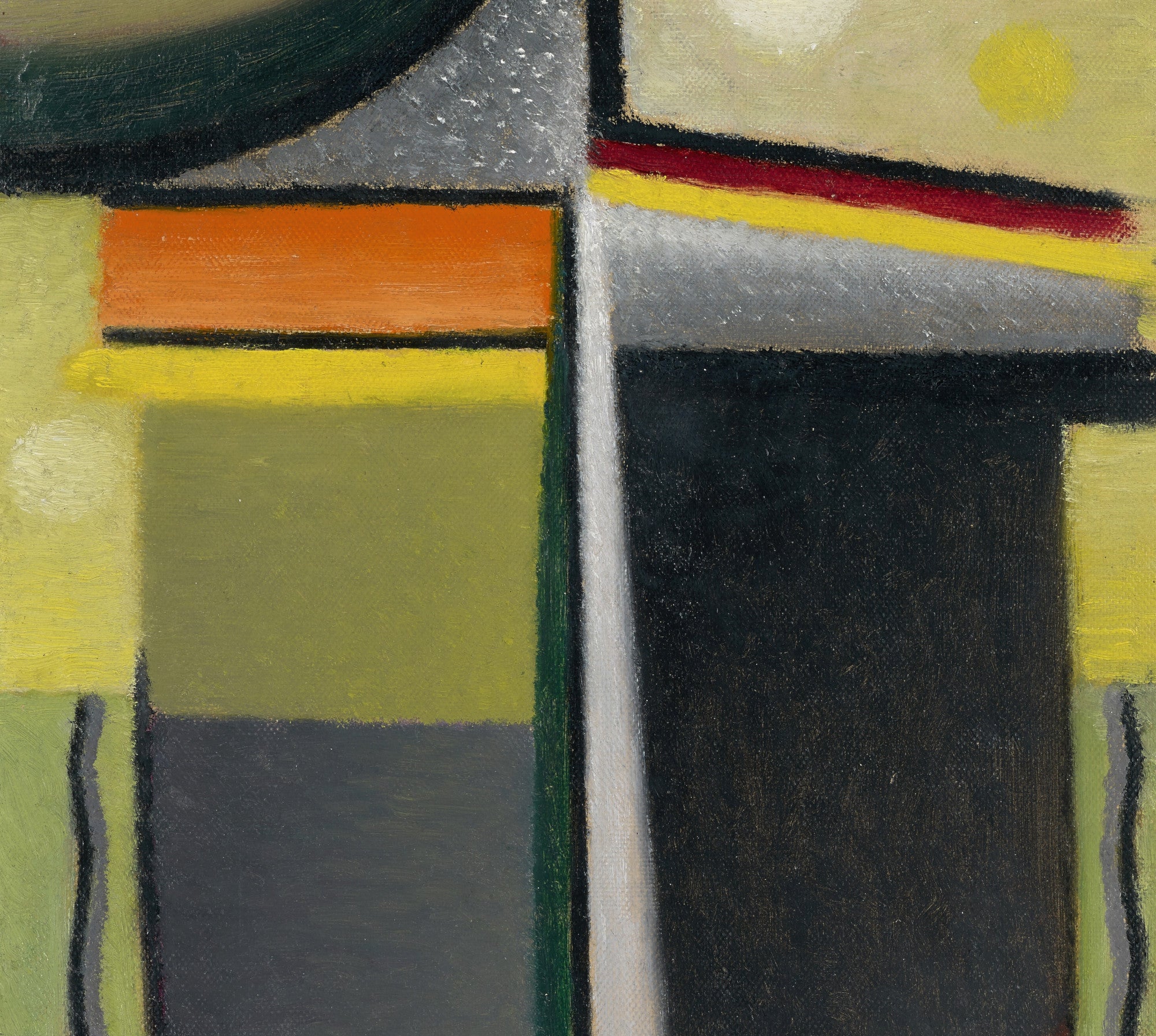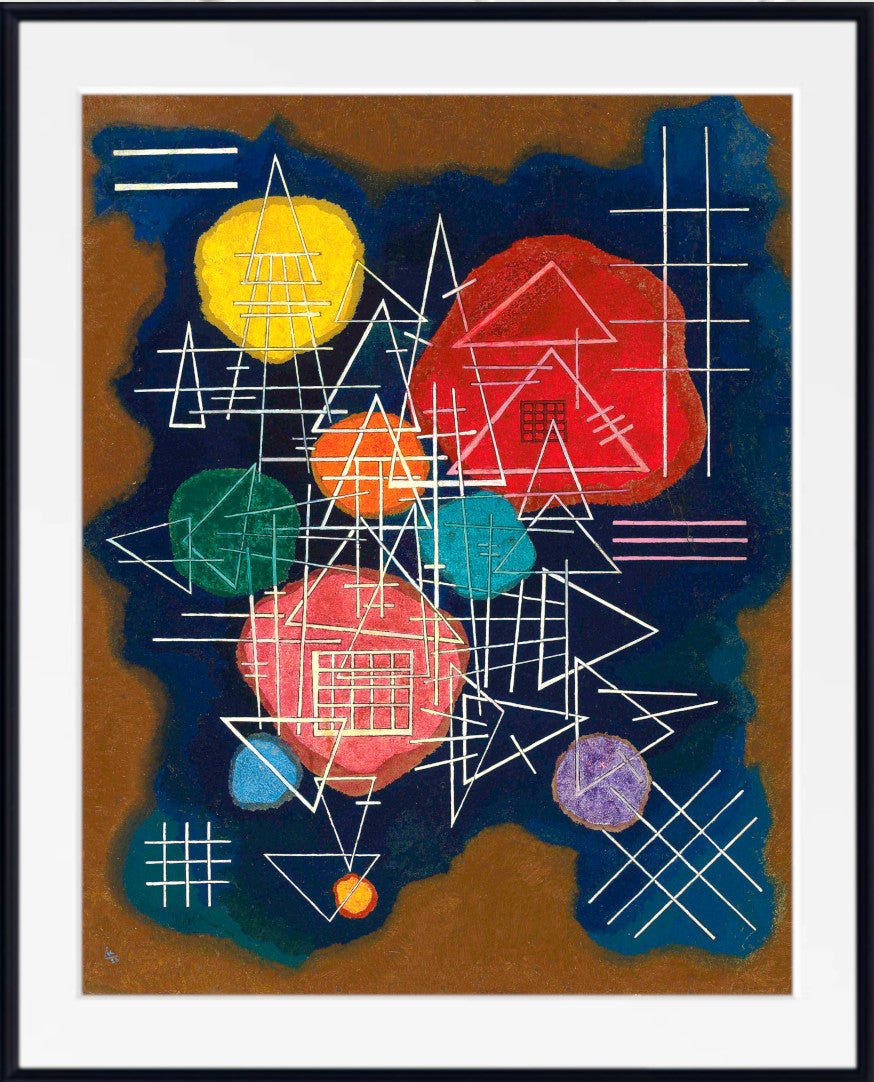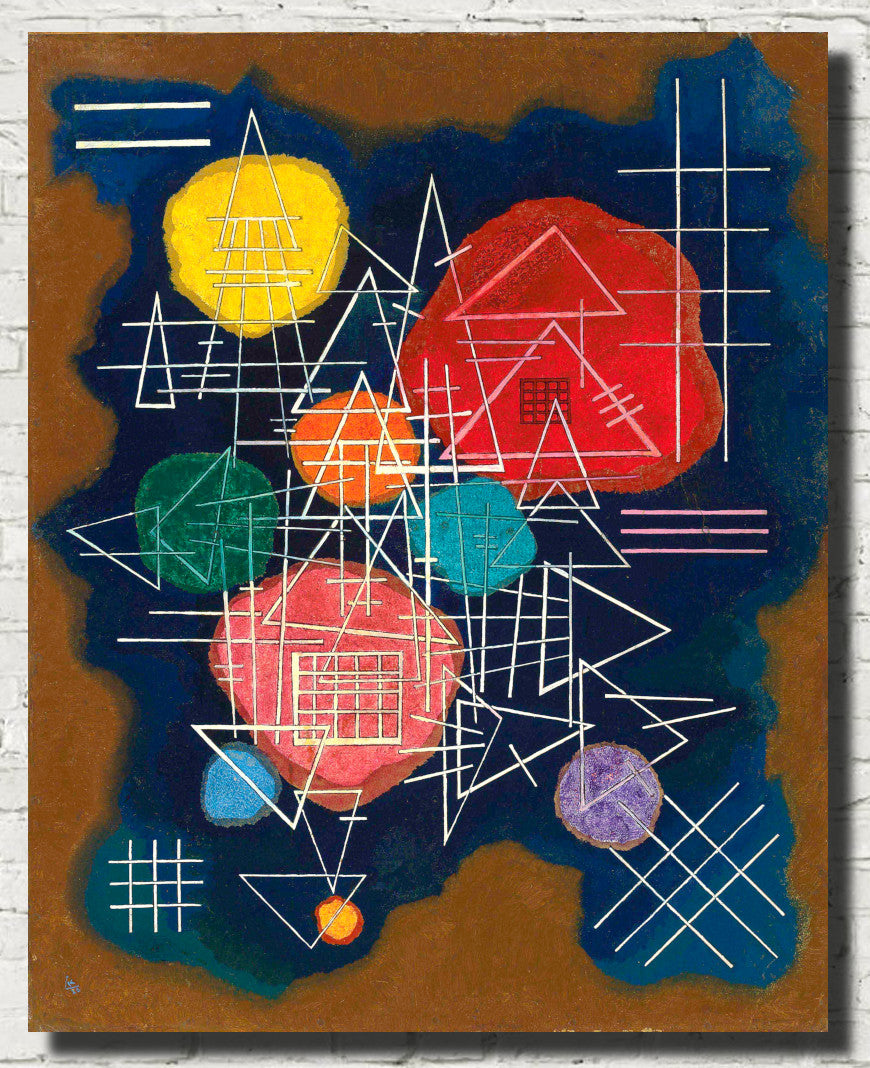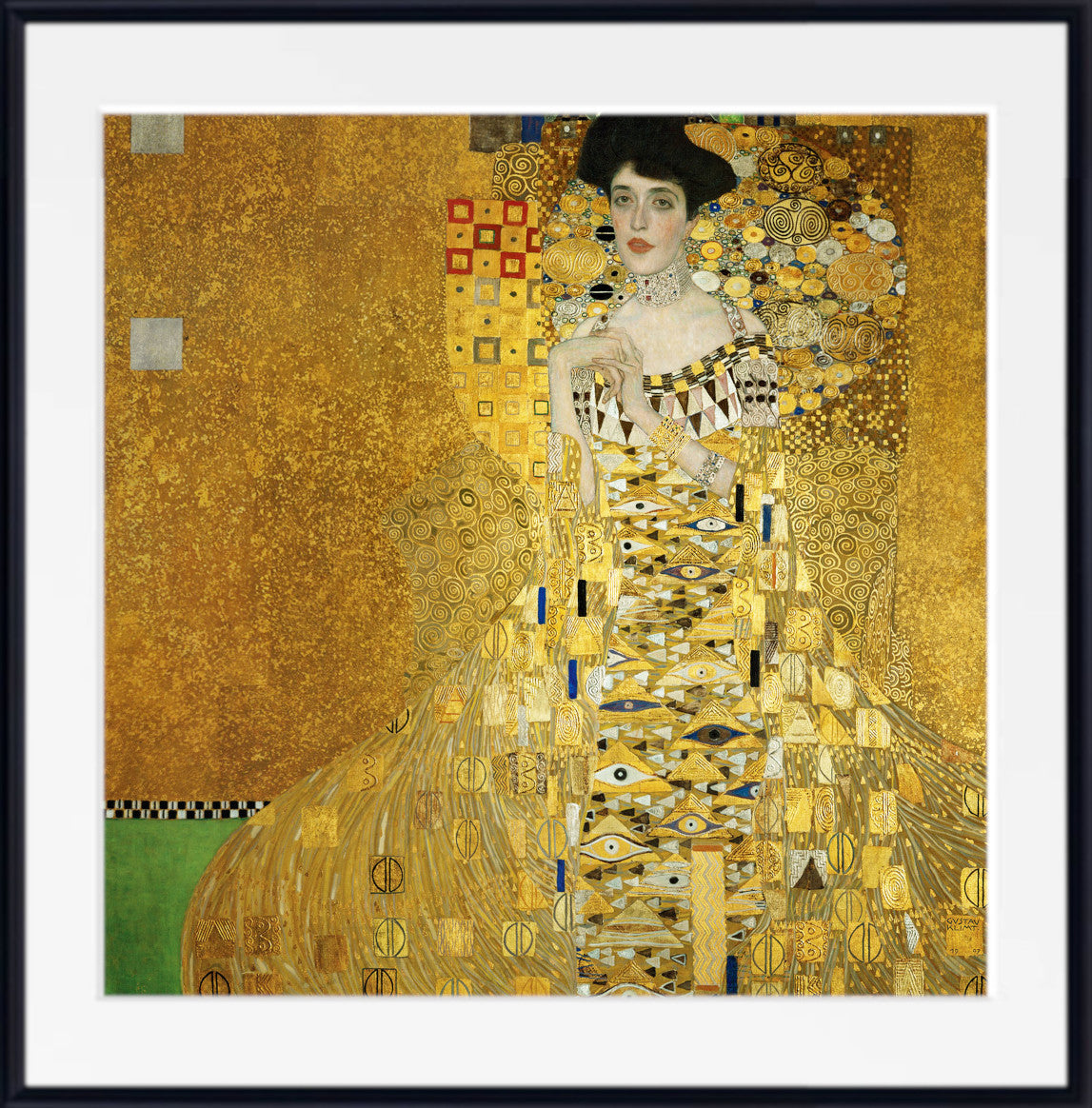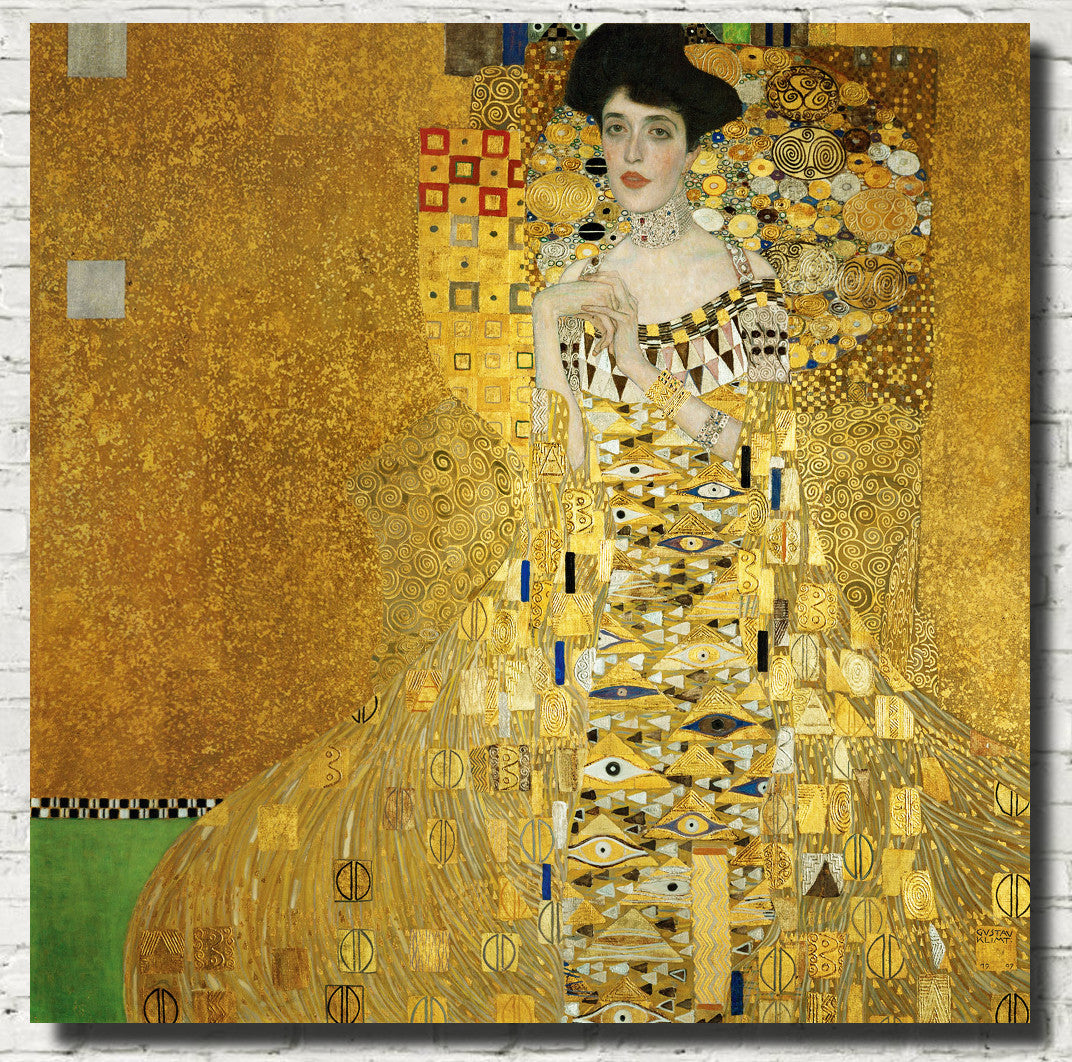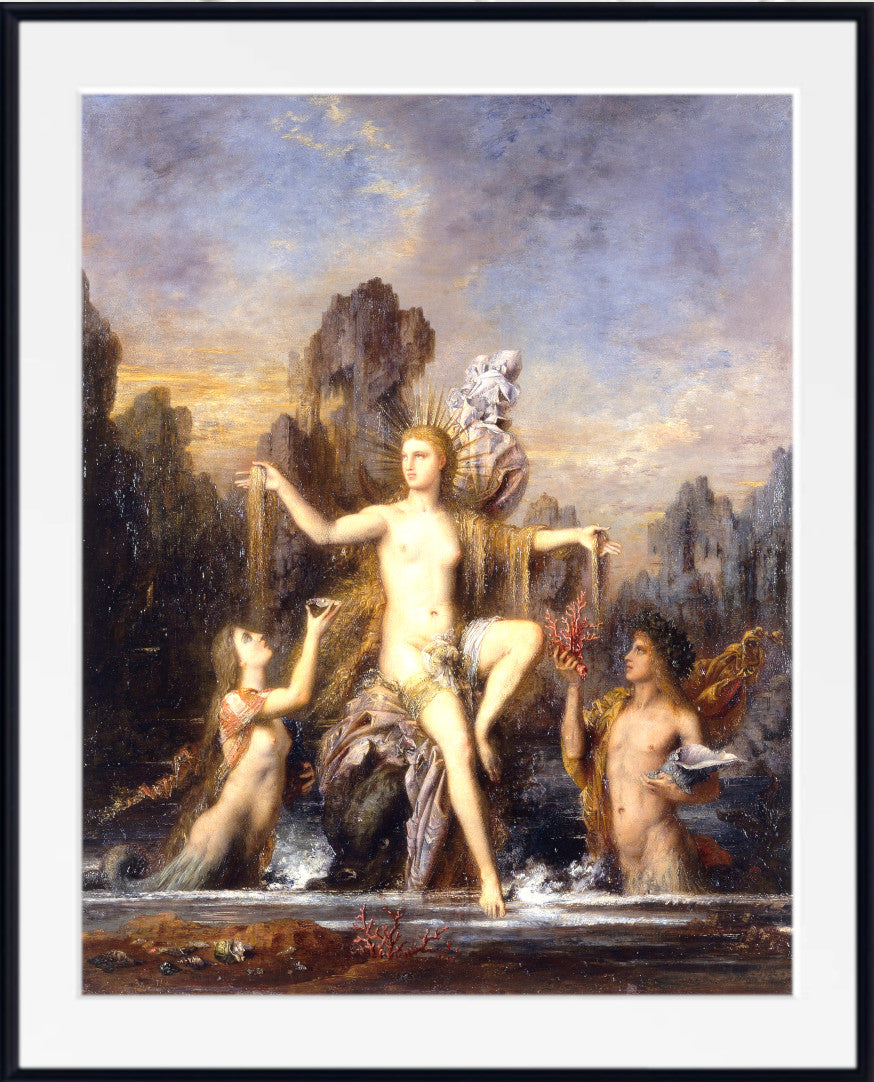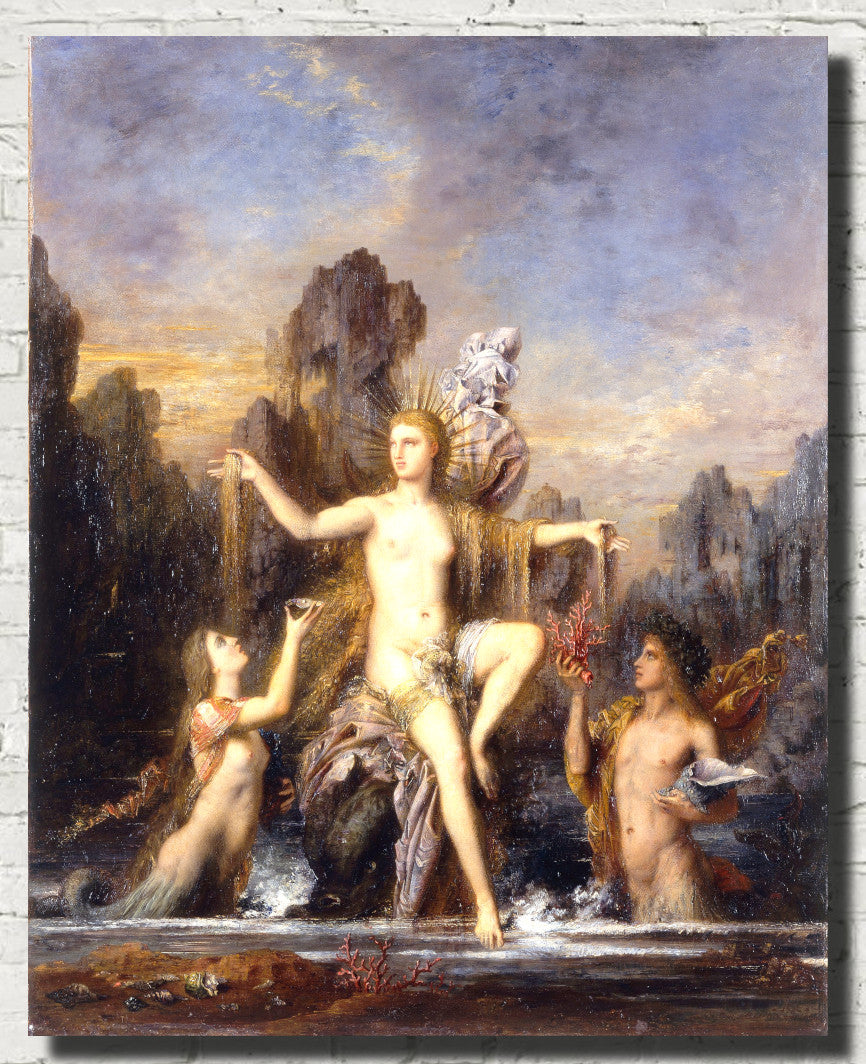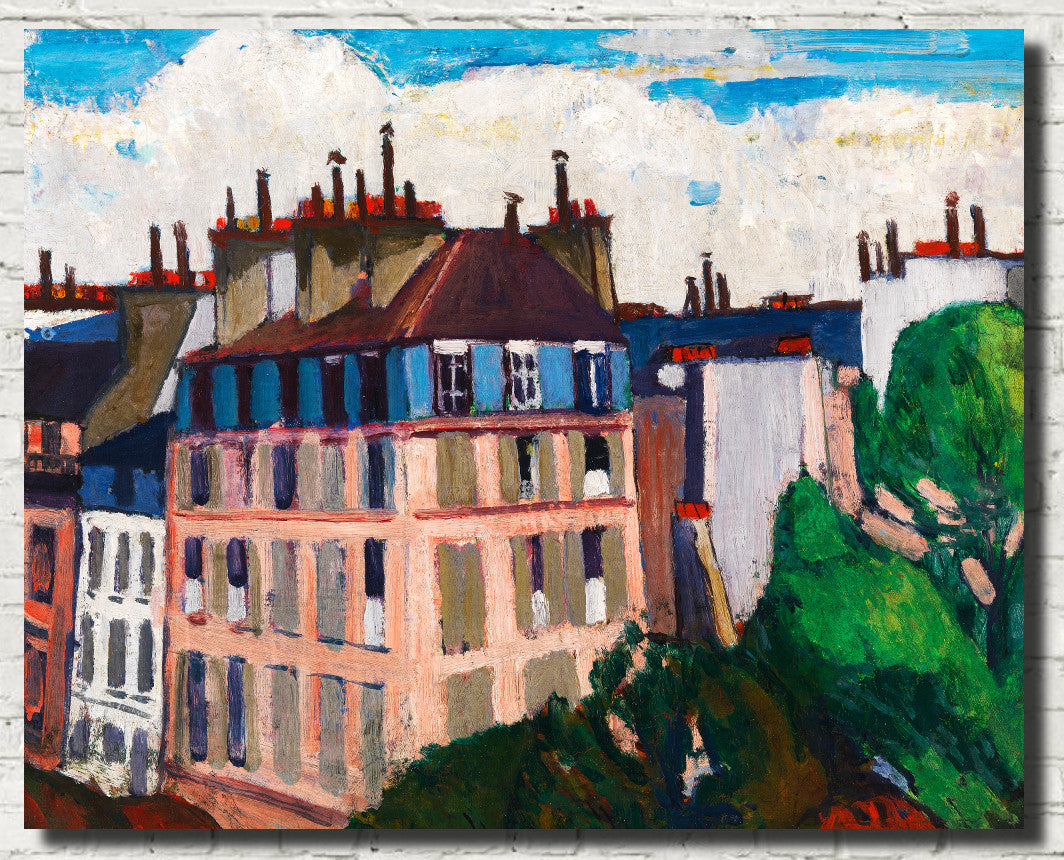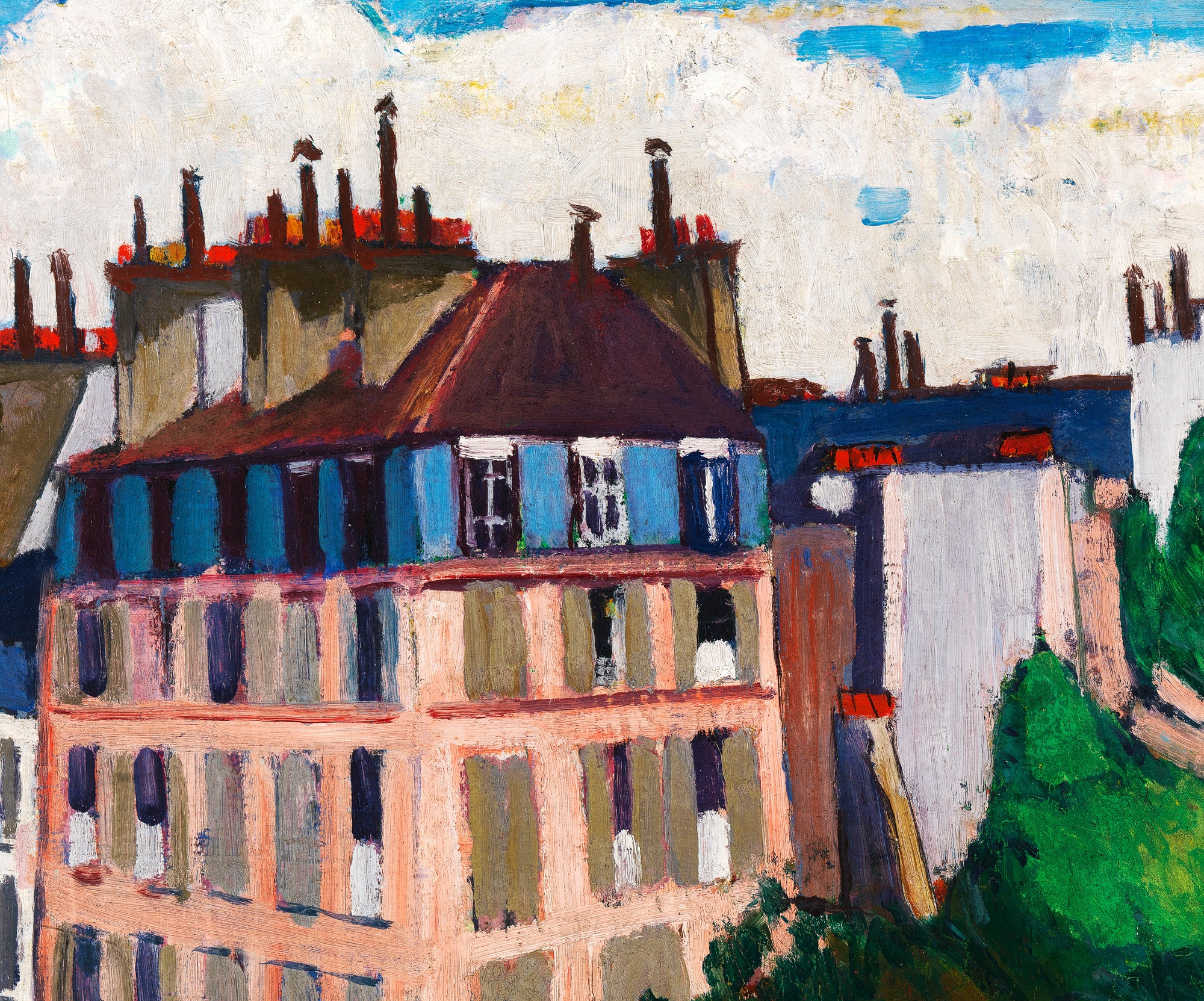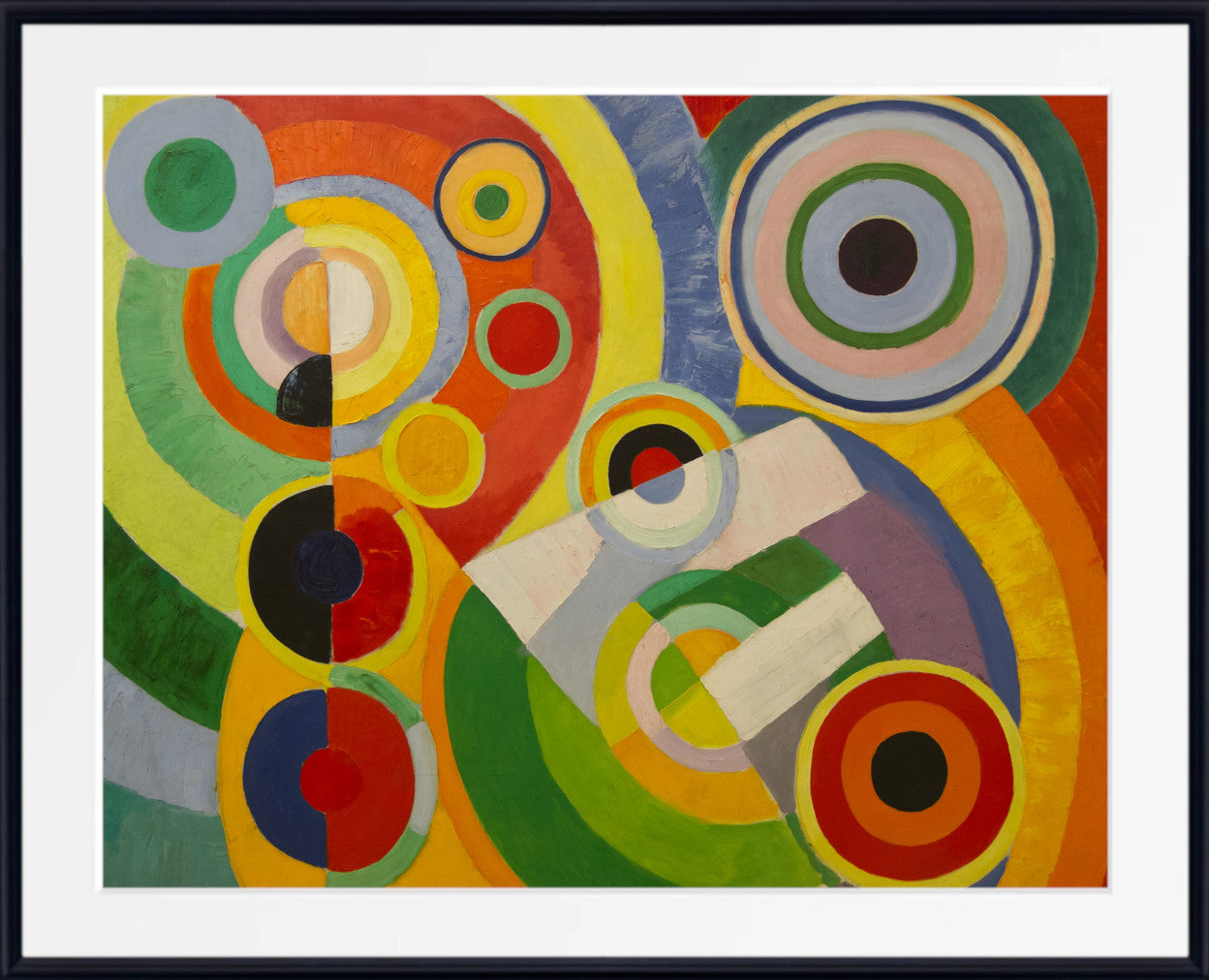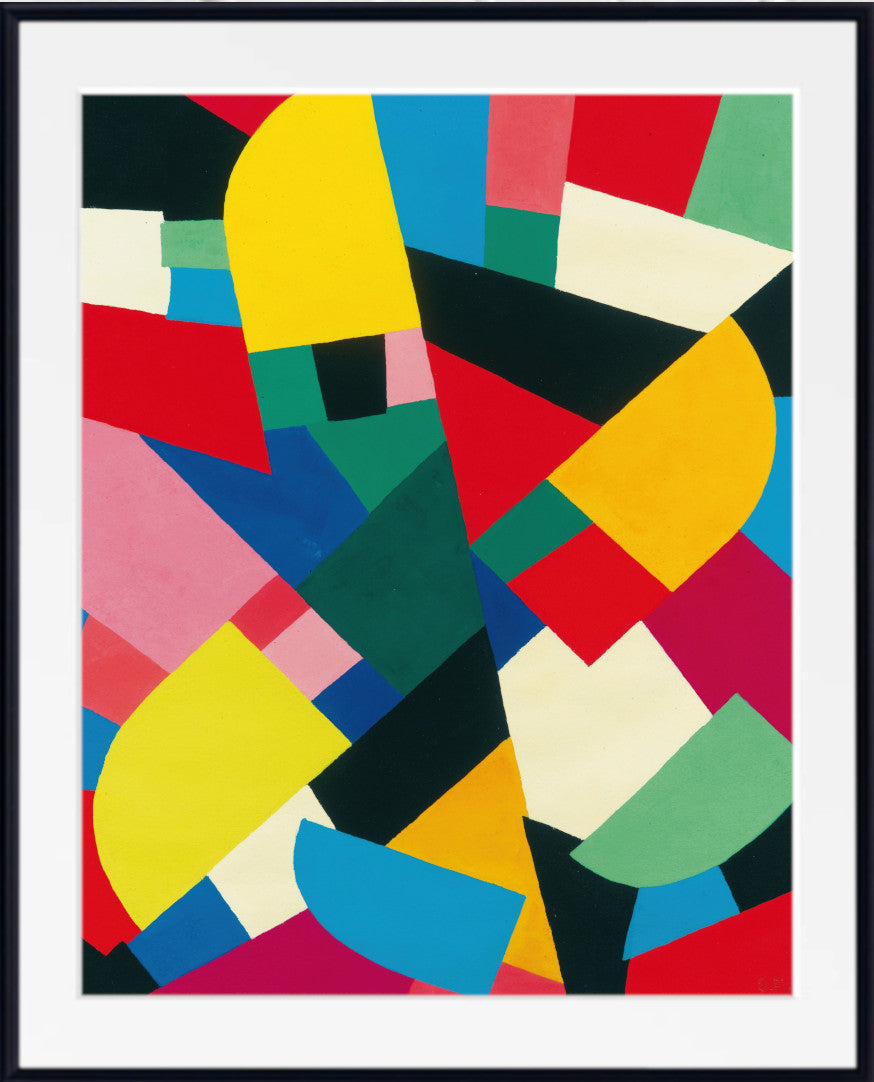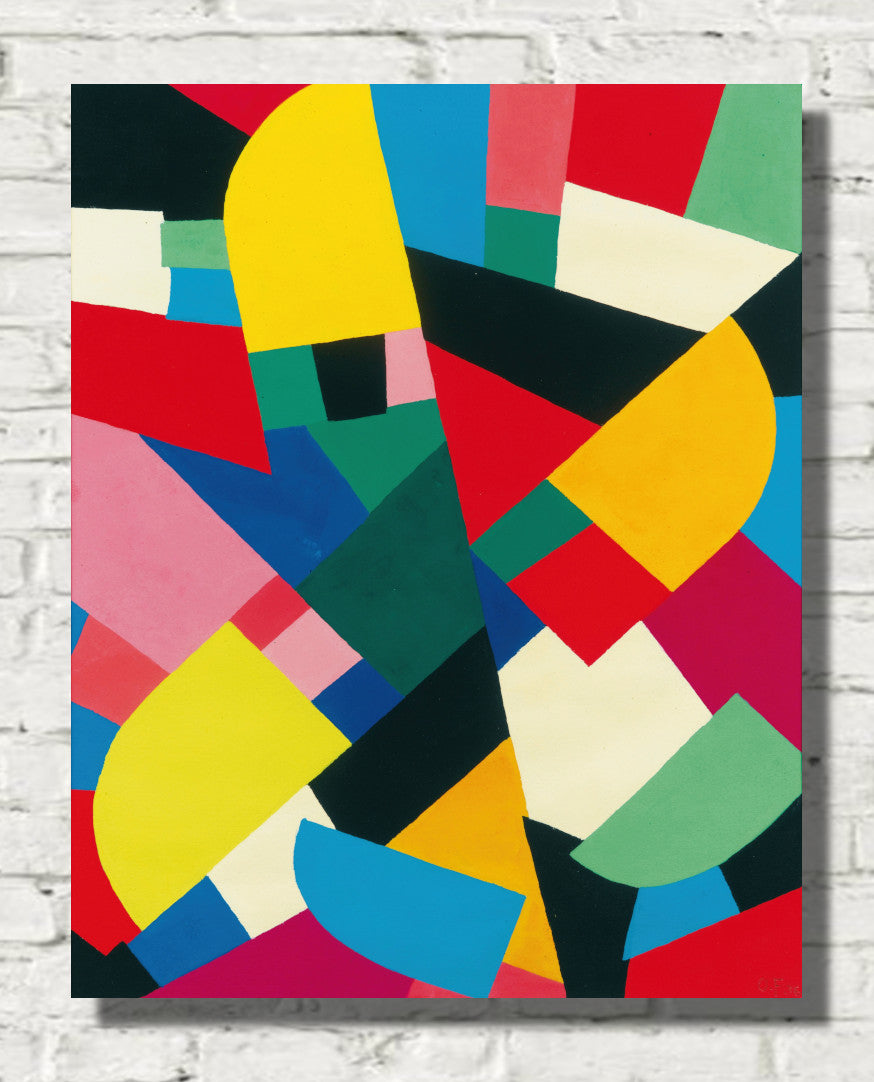Landscape III (1943), Karl Wiener Print
Landscape III (1943), Karl Wiener Print
Karl Wiener was born into a world of changing landscapes—both literally and metaphorically. His early life was shaped by the pre-war European environment, which fostered his interest in capturing the essence of the world around him.
Artistic Influences
Wiener was influenced by a plethora of artistic movements, including Impressionism and Expressionism. His exposure to diverse styles helped him develop a unique approach that combined meticulous detail with emotional depth.
Career Highlights
Throughout his career, Wiener garnered acclaim for his ability to convey complex themes through simple yet profound imagery. His works were exhibited in numerous galleries, earning him a place among the notable artists of his time.
Historical Context of 1943
World War II and Its Impact on Art
1943 was a tumultuous year marked by the height of World War II. The war’s impact on art was profound, as many artists used their works to comment on the political and social upheavals of the time.
The Role of Artists During Wartime
Artists like Wiener played a crucial role in documenting the emotional and physical landscapes of the era. Through their art, they provided a poignant commentary on the world around them.
Overview of “Landschaft (1943)”
Description of the Painting
“Landschaft (1943)” is a landscape painting that at first glance, appears serene. However, a closer inspection reveals a depth of emotion and complexity that speaks to the turmoil of its time.
Initial Impressions and Visual Elements
The painting features a harmonious blend of natural elements, with a focus on light and shadow that creates a dynamic interplay, drawing the viewer into its world.
The Composition of “Landschaft”
Use of Color
Wiener’s use of color in “Landschaft” is both subtle and striking. He employs a muted palette to evoke a sense of calm, juxtaposed with darker hues that hint at underlying tensions.
Brushwork Techniques
His brushwork is deliberate and precise, yet fluid enough to convey movement and life. This technique adds a layer of realism to the painting, making it more immersive.
Lighting and Shadows
Lighting plays a crucial role in “Landschaft,” with Wiener using it to highlight certain areas, creating a sense of depth and perspective. Shadows are used to add mystery and intrigue.
Symbolism in “Landschaft”
Interpretation of Key Symbols
The painting is rich with symbolism. The natural elements can be seen as metaphors for the human condition, reflecting resilience and fragility.
Hidden Meanings
Wiener subtly incorporates symbols of hope and despair, mirroring the duality of the era’s experiences.
Themes Explored in “Landschaft”
Nature and Its Representation
Nature is a predominant theme in “Landschaft,” portrayed as a sanctuary amidst chaos. This representation speaks to the desire for peace and stability.
Human Emotions and Wartime Sentiments
The painting also explores the emotional landscape of wartime, capturing feelings of uncertainty, hope, and resilience.
Artistic Techniques Used by Wiener
Unique Stylistic Approaches
Wiener’s approach combines elements of realism with a touch of abstraction. This blend allows him to depict both the visible and the emotional landscapes.
All prints are made using archival art stocks and UV pigment inks to give up to 200 years life. Prints are sold unframed and unmounted.

